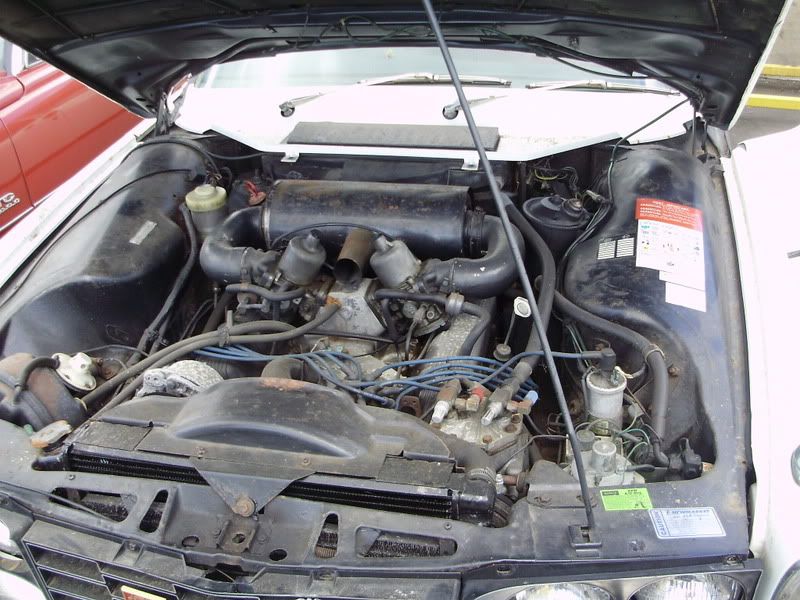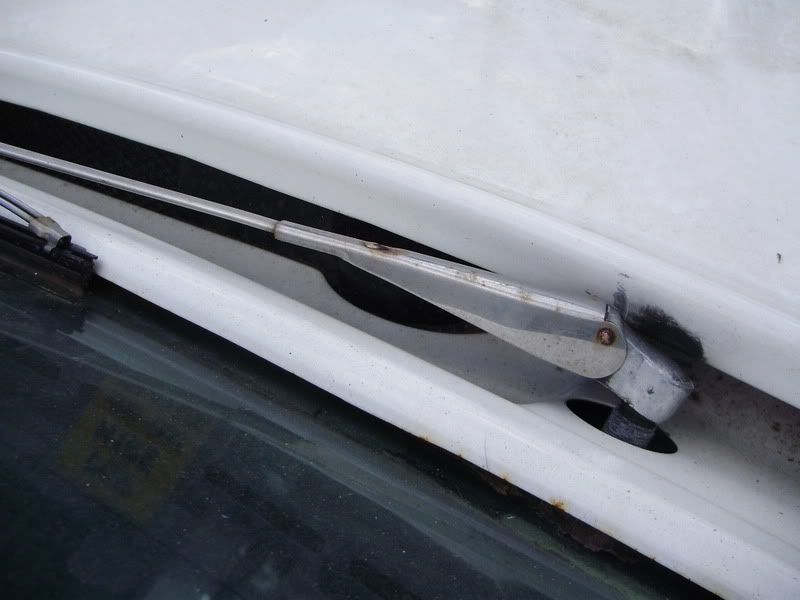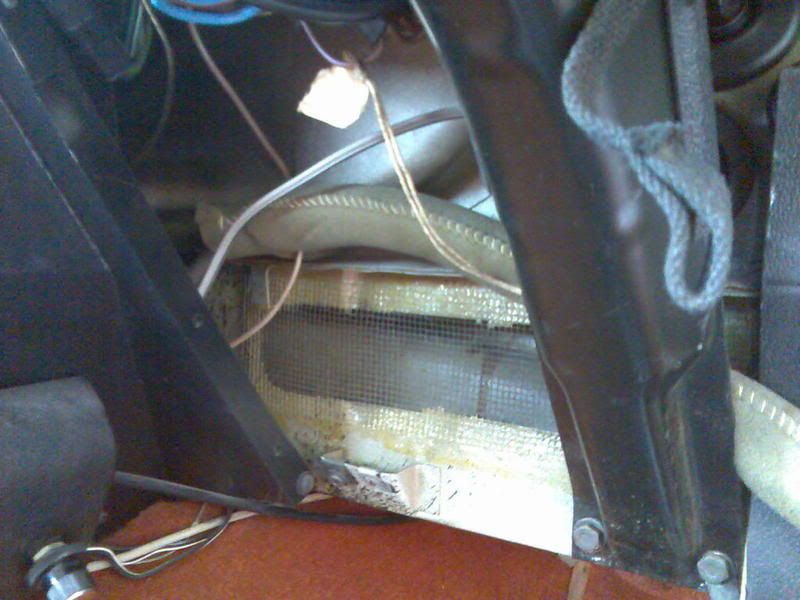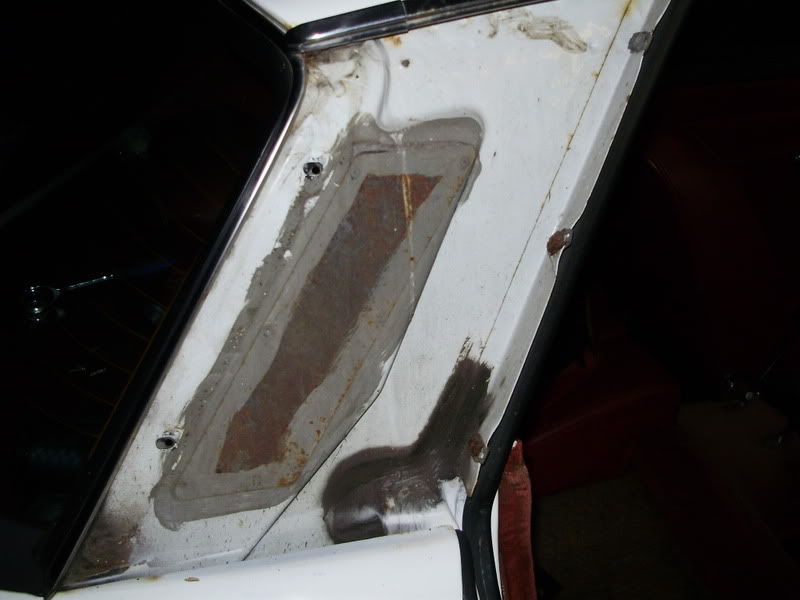Had a suck on the vaccum pipes, for the most part they seem to work, some move flaps and others move things as I can hear clicking inside the box, so thats all looking good. Had a look at the electric windows this evening, in the wind and the rain, so I decided to call it a night pretty quickly.
Right, I have a regulator, with thermal cut out attached (made by Otter Buxton England yes?) I can wire from the fusebox to the regulator myself, the same as I can wire from the ampmeter to the back to the regulator myself, however, I don't have a isolator switch, am I able to just do without, taking a wire somewhere else?
Also, the regulator has C1 C2 W1 W2 stamped into it, I assume one brown and white goes to one of those connectors, as does one green, the other brown goes to the thermal cut out which the other connector for goes away to the ampmeter, also my ignition wire from the fusebox. Then I have the isolator taking the final spade connector leading off to the dash near the HRW lead.
does it go a bit like
C1 - From fusebox (Ignition)
C2 - Brown/White to Thermal cut
W1 - Green Power to Switches
W2 - Isolator motor.
cutout pin 1 - brown white
cutout pin 2 - wire from ampmeter
although it says from ampmeter, can I not take a live from anywhere on the car? why specifically use the ampmeter?










![SNC00145 [1600x1200].jpg](/data/attachments/0/785-59b02667516344639ce98645a70282e9.jpg)